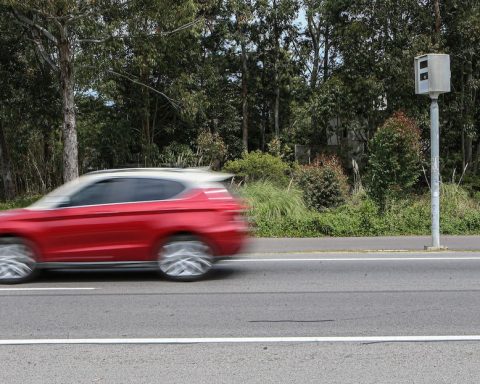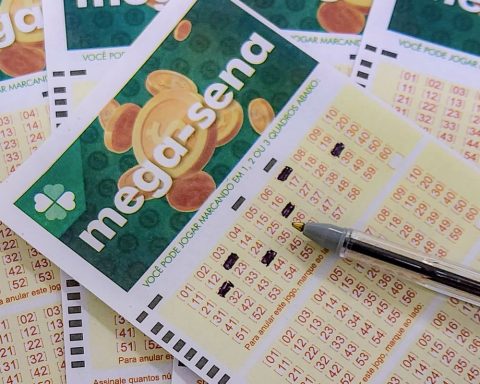Despite all the impacts water with more sodium and chloride than normal have in everyday life the water distributed by OSE “is drinkable and consumable”, despite the fact that “it is not drinkable in the perfect definition of drinkability”, said Environment Minister Robert Bouvier.
The civil engineer –Hydraulic and Sanitary option– Danilo Ríos, who also worked for 32 years at OSE where he became general managersaid to The Observer that the water that is coming out of the faucets It is not drinkable, although that does not imply that it is harmful to health.
When is the water drinkable?
For water to be drinkable, it must meet the parameters established by the National Bromatological RegulationRios explained.
This regulation says that the maximum sodium values admitted are 200 milligrams per liter and now the salinity is 400, that is, double. In turn, the Regulation admits up to 250 mg/l of chloride and now the water has 700 mg/l.
Despite the fact that the National Bromatological Regulation prohibits the distribution and consumption of non-potable water to the population, provides that it may be authorized “by way of exception” the distribution of water that does not comply with the established values “if no pathogenic microorganisms are detected.”
The Minister of Public Health, Karina Rando, said that the changes in salinity, which her portfolio approved at the request of OSE as a measure against the water deficit “does not affect health”. “Sodium and chlorine are values that in our country are recommended up to a certain value, but not precisely because they affect health, but because they actually affect the conditions called organoleptic: that is, the taste, smell or color that the water may have”he declared.
However, Rando noted that patients with conditions such as severe arterial hypertension or renal insufficiency should have certain care.
MSP recommendations
Days after the announcement of the new increase in salinity (with a sodium limit of 400 mg/l and 700 mg/l chloride), he Ministry of Public Health issued new recommendations for different populations.
General population: without diagnosed hypertension
- Maintain the usual daily water consumption, which can be entirely OSE water
- Do not add salt to food in children starting semi-solid/solid diets (infants up to 2 years of age)
- If possible, for the preparation of infant formulas, use mineral water
- In a population with an unknown increased risk of being hypertensive (over 60 years of age), periodic blood pressure checks are recommended.
People who take antihypertensives and diuretics
- They should minimize the consumption of foods with excess sodium
- They can continue to consume OSE water up to one liter per day and it is recommended to complete their usual intake with mineral water
People with chronic kidney disease, heart failure, cirrhosis, or pregnant
- Avoid drinking OSE water as much as possible, advised by your attending physician
- In case you have to drink OSE water, it is recommended not to exceed one liter of water per day and to increase the frequency of blood pressure checks.
- Complete the intake of the daily volume of water recommended by your doctor
















